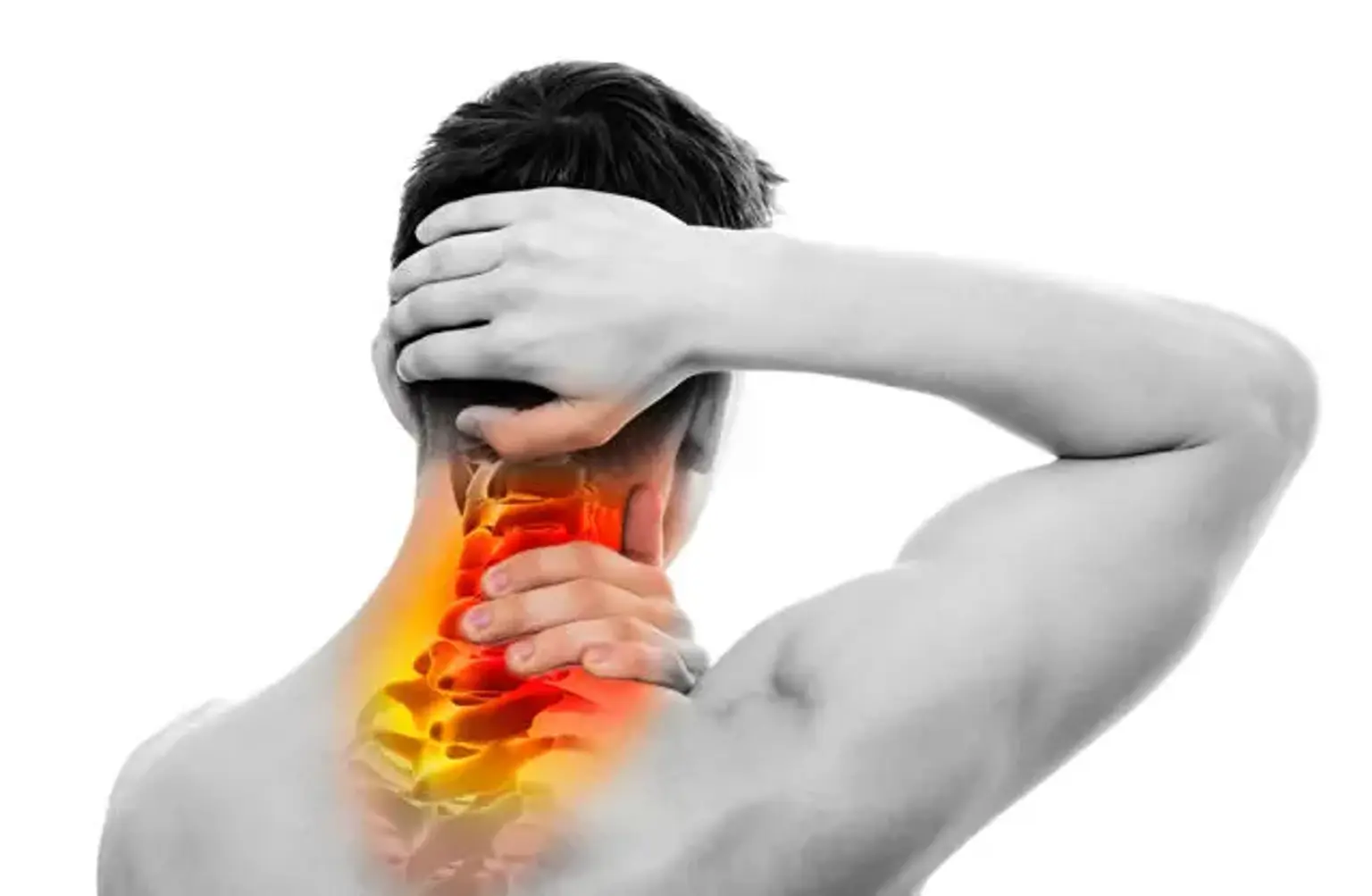Cervical Spine Disorders
The neck forms parts of the extended flexible column referred to as the backbone or the spinal column. This column extends towards most parts of the body. The cervical spine comprises seven bones in which the intervertebral discs separate them. The discs also allow the spine to rotate or move and function as shock absorbers freely.
But just like any other body part, the cervical spine is also prone to a wide range of disorders. These disorders affect the vertebrae as well as the spongy discs in the joints, ligaments, and muscles. Cervical spine disorders are also associated with several varying signs and symptoms. As such, early diagnosis and treatment are highly essential.
